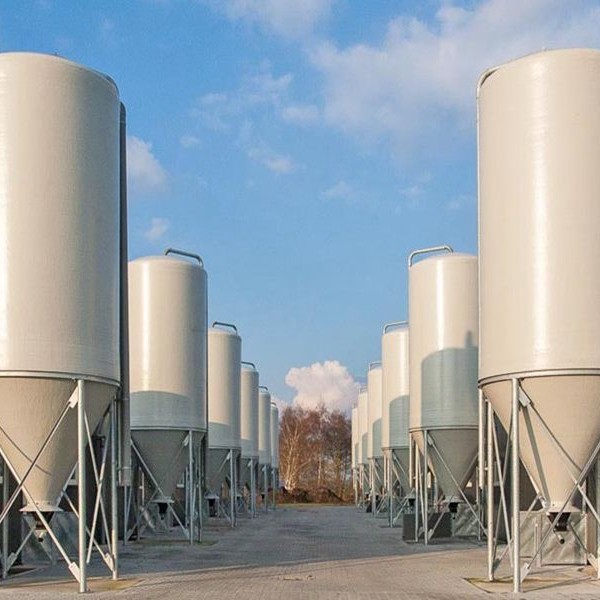
-
 Afrikaans
Afrikaans -
 Albanian
Albanian -
 Amharic
Amharic -
 Arabic
Arabic -
 Armenian
Armenian -
 Azerbaijani
Azerbaijani -
 Basque
Basque -
 Belarusian
Belarusian -
 Bengali
Bengali -
 Bosnian
Bosnian -
 Bulgarian
Bulgarian -
 Catalan
Catalan -
 Cebuano
Cebuano -
 China
China -
 China (Taiwan)
China (Taiwan) -
 Corsican
Corsican -
 Croatian
Croatian -
 Czech
Czech -
 Danish
Danish -
 Dutch
Dutch -
 English
English -
 Esperanto
Esperanto -
 Estonian
Estonian -
 Finnish
Finnish -
 French
French -
 Frisian
Frisian -
 Galician
Galician -
 Georgian
Georgian -
 German
German -
 Greek
Greek -
 Gujarati
Gujarati -
 Haitian Creole
Haitian Creole -
 hausa
hausa -
 hawaiian
hawaiian -
 Hebrew
Hebrew -
 Hindi
Hindi -
 Miao
Miao -
 Hungarian
Hungarian -
 Icelandic
Icelandic -
 igbo
igbo -
 Indonesian
Indonesian -
 irish
irish -
 Italian
Italian -
 Japanese
Japanese -
 Javanese
Javanese -
 Kannada
Kannada -
 kazakh
kazakh -
 Khmer
Khmer -
 Rwandese
Rwandese -
 Korean
Korean -
 Kurdish
Kurdish -
 Kyrgyz
Kyrgyz -
 Lao
Lao -
 Latin
Latin -
 Latvian
Latvian -
 Lithuanian
Lithuanian -
 Luxembourgish
Luxembourgish -
 Macedonian
Macedonian -
 Malgashi
Malgashi -
 Malay
Malay -
 Malayalam
Malayalam -
 Maltese
Maltese -
 Maori
Maori -
 Marathi
Marathi -
 Mongolian
Mongolian -
 Myanmar
Myanmar -
 Nepali
Nepali -
 Norwegian
Norwegian -
 Norwegian
Norwegian -
 Occitan
Occitan -
 Pashto
Pashto -
 Persian
Persian -
 Polish
Polish -
 Portuguese
Portuguese -
 Punjabi
Punjabi -
 Romanian
Romanian -
 Russian
Russian -
 Samoan
Samoan -
 Scottish Gaelic
Scottish Gaelic -
 Serbian
Serbian -
 Sesotho
Sesotho -
 Shona
Shona -
 Sindhi
Sindhi -
 Sinhala
Sinhala -
 Slovak
Slovak -
 Slovenian
Slovenian -
 Somali
Somali -
 Spanish
Spanish -
 Sundanese
Sundanese -
 Swahili
Swahili -
 Swedish
Swedish -
 Tagalog
Tagalog -
 Tajik
Tajik -
 Tamil
Tamil -
 Tatar
Tatar -
 Telugu
Telugu -
 Thai
Thai -
 Turkish
Turkish -
 Turkmen
Turkmen -
 Ukrainian
Ukrainian -
 Urdu
Urdu -
 Uighur
Uighur -
 Uzbek
Uzbek -
 Vietnamese
Vietnamese -
 Welsh
Welsh -
 Bantu
Bantu -
 Yiddish
Yiddish -
 Yoruba
Yoruba -
 Zulu
Zulu
Fiberglass Applications in Steel Smelting Facilities for Enhanced Performance and Durability
The Role of Fiberglass in Steel Smelting Plants
Steel smelting is a critical process in the production of steel, which is a fundamental material used in various industries, including construction, automotive, and manufacturing. As the demand for steel continues to rise globally, steel smelting plants are constantly seeking innovative methods to improve efficiency, safety, and environmental sustainability. One such innovation that has gained significant attention is the use of fiberglass in steel smelting operations.
What is Fiberglass?
Fiberglass, a composite material made from fine glass fibers and resin, is known for its strength, durability, and lightweight properties. Its unique characteristics make it suitable for a range of applications, particularly in industries that require materials to withstand extreme conditions. In steel smelting plants, fiberglass is increasingly being used for various components, including insulation, linings, and structural applications.
Advantages of Fiberglass in Steel Smelting
1. High Temperature Resistance One of the most significant advantages of fiberglass is its ability to withstand high temperatures. During the steel smelting process, temperatures can exceed 1,500 degrees Celsius. Fiberglass products, particularly those treated for high-temperature applications, can endure these intense conditions without degrading. This property makes fiberglass an ideal choice for insulation and lining materials within furnaces, helping to maintain optimal temperatures and improve energy efficiency.
fiberglass for steel smelting plant.

2. Corrosion Resistance Steel smelting involves the use of various chemical agents that can be highly corrosive. Traditional materials often succumb to corrosion, leading to costly repairs and replacements. Fiberglass is inherently resistant to many corrosive substances, thereby extending the lifespan of equipment and reducing maintenance costs. This characteristic is particularly beneficial in environments where acidic or basic materials are frequently handled.
3. Lightweight Design The lightweight nature of fiberglass is another significant advantage. In steel smelting plants, where machinery and equipment are routinely moved and handled, reducing weight can lead to better efficiency and lower transportation costs. Additionally, the ease of installation associated with lightweight materials streamlines the construction and maintenance processes, allowing for faster turnaround times.
4. Environmental Impact As the steel industry faces increasing pressure to reduce its environmental footprint, fiberglass offers a more sustainable alternative to many traditional materials. The use of fiberglass insulation can enhance energy efficiency by reducing heat losses during the smelting process. Furthermore, fiberglass materials can often be recycled or repurposed at the end of their life cycle, contributing to a more circular economy within the industry.
5. Safety Improvements Safety is paramount in steel smelting operations, where workers are exposed to extreme conditions and hazardous materials. Fiberglass materials can improve workplace safety by minimizing hazards associated with traditional insulation materials, such as asbestos. Fiberglass does not produce harmful fibers or dust, making it a safer option for both workers and the environment.
Conclusion
The integration of fiberglass into steel smelting plants represents a promising development in the industry. By taking advantage of its high-temperature resistance, corrosion resistance, lightweight properties, environmental benefits, and safety features, steel smelting operations can enhance their efficiency and sustainability. As the steel industry continues to evolve in response to technological advancements and environmental challenges, the adoption of materials like fiberglass will likely play a crucial role in shaping the future of steel production. By investing in innovative materials, steel smelting plants can not only improve their operational performance but also contribute to a more sustainable and safe industrial landscape.









